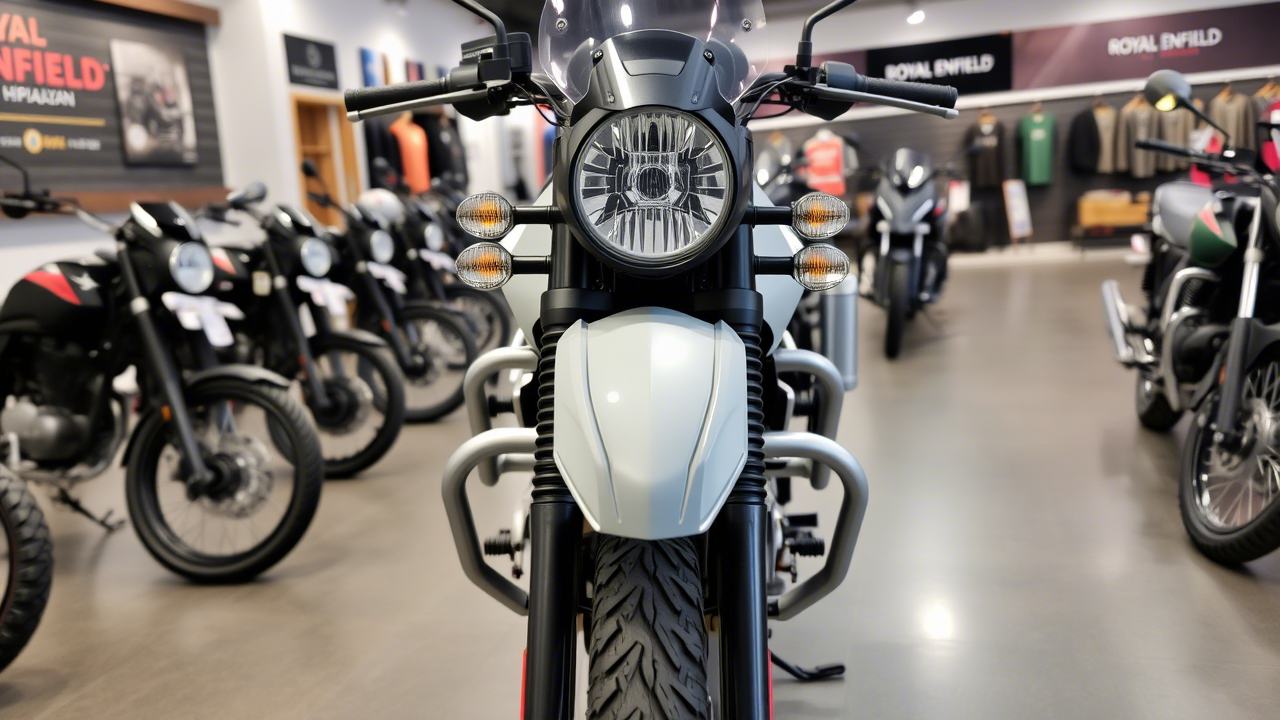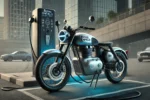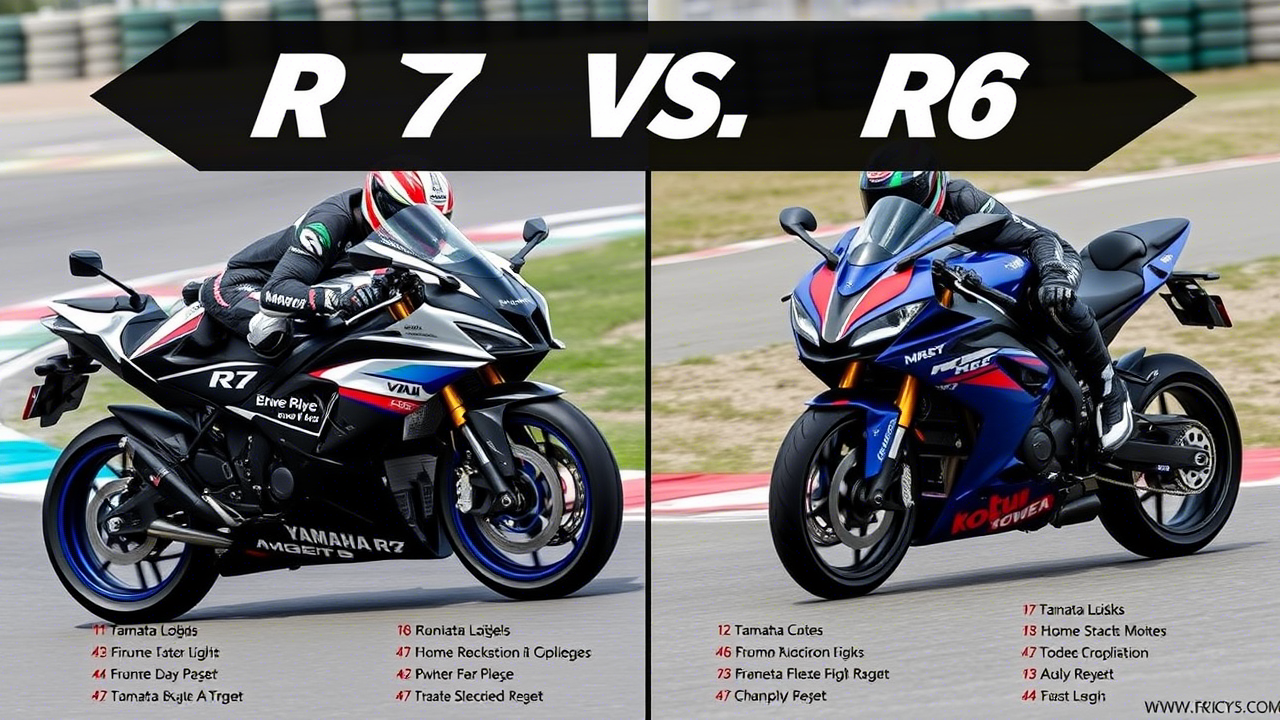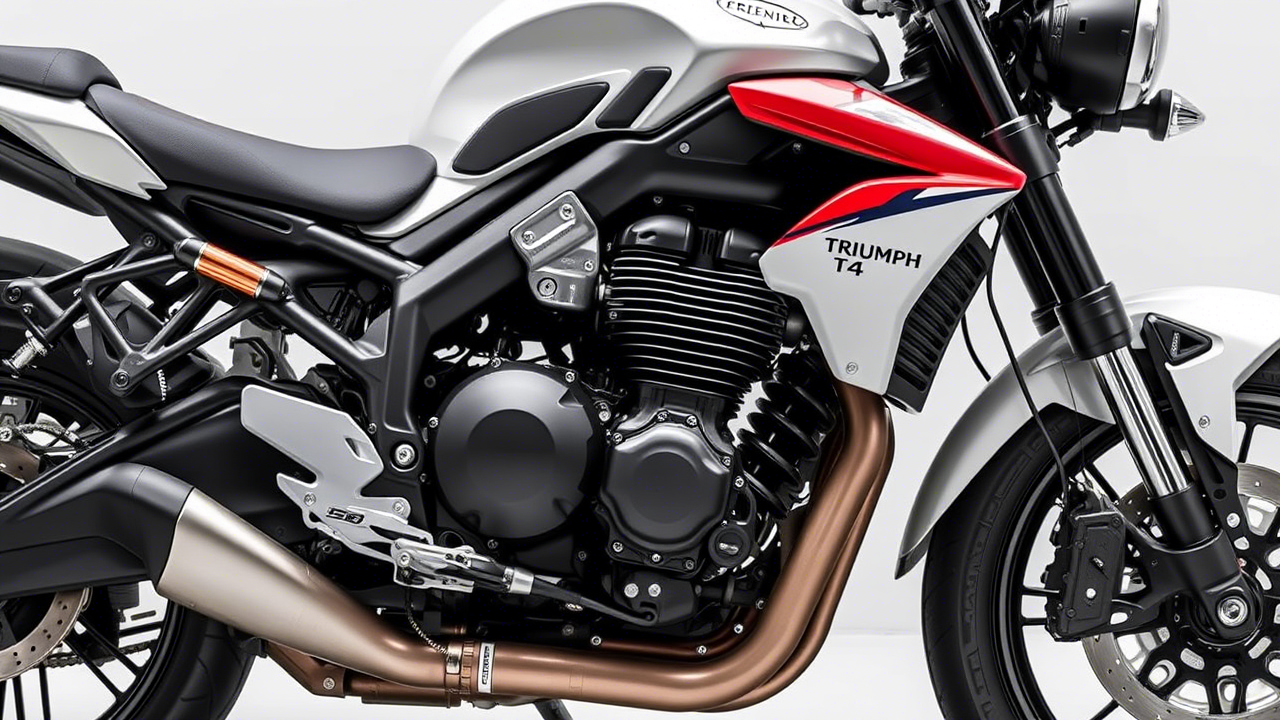The Royal Enfield Himalayan 450 has arrived as a significant upgrade over the beloved Himalayan 411, bringing a more powerful engine, modern technology, and improved off-road capabilities. But how much better is the new Himalayan 450 compared to the Himalayan 411? Should you upgrade or stick with the older model?
In this detailed comparison, we break down the key differences in engine performance, design, features, off-road capabilities, and overall value to help you decide which Himalayan is right for you.
 Quick Comparison: Himalayan 450 vs. Himalayan 411
Quick Comparison: Himalayan 450 vs. Himalayan 411
| Feature | Himalayan 450 | Himalayan 411 |
|---|---|---|
| Engine | 452cc, liquid-cooled | 411cc, air-cooled |
| Power Output | 40 HP @ 8,000 RPM | 24.3 HP @ 6,500 RPM |
| Torque | 40 Nm @ 5,500 RPM | 32 Nm @ 4,500 RPM |
| Transmission | 6-speed with slipper clutch | 5-speed |
| Weight | ~190 kg (kerb weight) | ~199 kg (kerb weight) |
| Ground Clearance | ~230mm | ~220mm |
| Front Suspension | USD Forks (200mm travel) | Conventional Telescopic Forks (200mm travel) |
| Rear Suspension | Link-Type Monoshock | Monoshock |
| Wheels | 21-inch (front) / 17-inch (rear) | 21-inch (front) / 17-inch (rear) |
| Brakes | Dual-channel ABS, Switchable Rear ABS | Dual-channel ABS |
| Instrument Cluster | TFT Display with Navigation | Semi-Digital Console |
| Fuel Tank | ~17L | 15L |
| Price (Estimated) | ₹2.80 – ₹3.10 lakh | ₹2.20 – ₹2.50 lakh |
 1. Engine Performance: Major Power Upgrade
1. Engine Performance: Major Power Upgrade
 Himalayan 450: Liquid-Cooled Powerhouse
Himalayan 450: Liquid-Cooled Powerhouse
The Himalayan 450 features a new 452cc, liquid-cooled, single-cylinder engine producing 40 HP and 40 Nm of torque. This is a huge improvement over the older Himalayan 411, making it more capable for highway touring and off-road adventures.
- Higher top speed (~140 km/h vs. ~120 km/h on the 411)
- Smoother power delivery, thanks to liquid cooling
- Better highway cruising ability with a 6-speed gearbox
 Himalayan 411: Reliable but Underpowered
Himalayan 411: Reliable but Underpowered
The 411cc, air-cooled engine delivers 24.3 HP and 32 Nm of torque, which is adequate for off-roading but feels sluggish on highways. The 5-speed gearbox limits top-end performance, making high-speed touring more challenging.

 2. Suspension & Handling: Better Ride Quality
2. Suspension & Handling: Better Ride Quality
 Himalayan 450: USD Forks for Superior Comfort
Himalayan 450: USD Forks for Superior Comfort
The 450 comes with Upside-Down (USD) front forks with 200mm of travel, providing better shock absorption and improved handling on rough terrains. The link-type monoshock rear suspension enhances stability, especially on trails.
 Himalayan 411: Decent but Dated Setup
Himalayan 411: Decent but Dated Setup
The 411 has conventional telescopic forks with 200mm of travel, which perform well but aren’t as responsive as USD forks. The basic monoshock does the job, but it lacks the refinement of the new link-type setup on the 450.

 3. Off-Road Capability: Which One Performs Better?
3. Off-Road Capability: Which One Performs Better?
Both models share the same 21-inch front and 17-inch rear wheels, ensuring excellent off-road stability. However, the Himalayan 450 has a few advantages:





 4. Design & Ergonomics: Modern vs. Classic
4. Design & Ergonomics: Modern vs. Classic
 Himalayan 450: Rugged & Modern
Himalayan 450: Rugged & Modern
The Himalayan 450 gets a redesigned frame, making it sleeker and more aggressive than the older model. Some key improvements:




 Himalayan 411: Old-School ADV Look
Himalayan 411: Old-School ADV Look
The Himalayan 411 maintains its classic ADV styling, featuring:




 5. Fuel Efficiency: Which One Saves More Fuel?
5. Fuel Efficiency: Which One Saves More Fuel?
| Model | Mileage (Estimated) |
|---|---|
| Himalayan 450 | 30-35 km/l |
| Himalayan 411 | 32-36 km/l |
The Himalayan 411 is slightly more fuel-efficient due to its less powerful engine, but the difference is minimal. Given the Himalayan 450’s higher performance, the slight mileage drop is justified.

 6. Price & Value: Which One Offers Better Bang for the Buck?
6. Price & Value: Which One Offers Better Bang for the Buck?
The Himalayan 411 is more affordable at around ₹2.20 – ₹2.50 lakh ($4,000 – $4,500), making it a budget-friendly ADV option.
The Himalayan 450, priced at ₹2.80 – ₹3.10 lakh ($5,500 – $6,000), costs more but offers better performance, modern tech, and improved comfort.

 Final Verdict: Should You Upgrade?
Final Verdict: Should You Upgrade?
| Category | Winner |
|---|---|
| Engine & Performance |  Himalayan 450 Himalayan 450 |
| Suspension & Comfort |  Himalayan 450 Himalayan 450 |
| Off-Road Capability |  Himalayan 450 Himalayan 450 |
| Design & Features |  Himalayan 450 Himalayan 450 |
| Fuel Efficiency |  Himalayan 411 Himalayan 411 |
| Affordability |  Himalayan 411 Himalayan 411 |



















